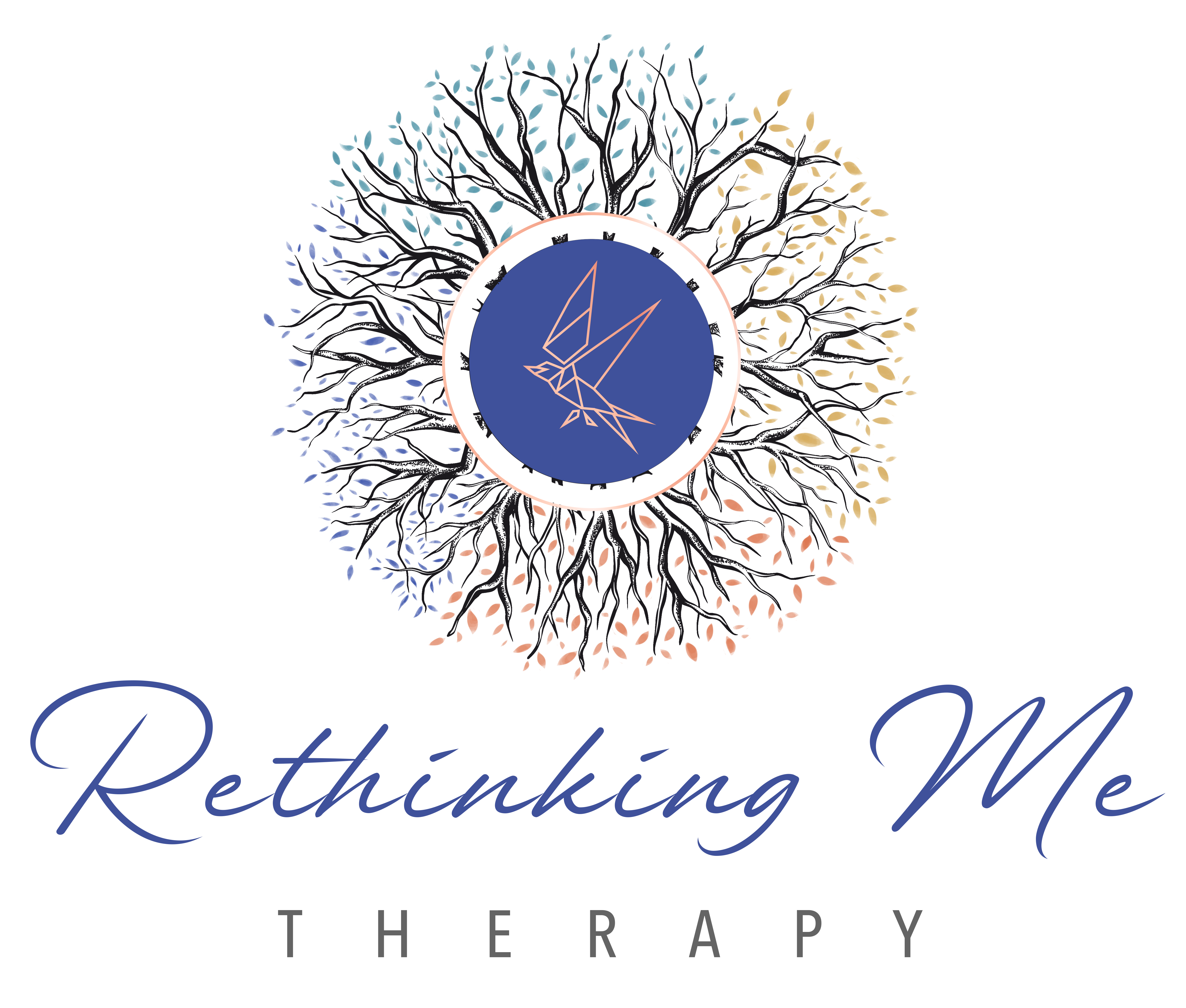
Attention-Deficit/Hyperactivity Disorder (ADHD) is a neurodevelopmental condition that has been recognized for decades, but its understanding and the landscape of its diagnosis have evolved significantly, especially in recent years. In 2024, ADHD continues to be a subject of intense study and discussion, partly driven by increased awareness, changes in societal norms, and the impact of global events such as the COVID-19 pandemic. This blog will explore what ADHD looks like today, why many individuals are being diagnosed or late-diagnosed, the influence from COVID-19, and how to differentiate between shared experiences on social media and diagnosable ADHD.
ADHD Today: An Evolving Understanding
What is ADHD?
ADHD is characterized by a persistent pattern of inattention and/or hyperactivity-impulsivity that interferes with functioning or development. The Diagnostic and Statistical Manual of Mental Disorders, Fifth Edition (DSM-5), outlines the criteria for diagnosing ADHD, which include symptoms persisting for at least six months and presenting in multiple settings (e.g., at home, school, or work).
Modern Presentation of ADHD
In 2024, the understanding of ADHD has broadened beyond the stereotypical hyperactive child. As the veil lifts on ADHD, more adults, particularly women and people of color (POC), are finally getting the diagnosis they’ve long deserved, and a new era of understanding is born as awareness grows about how ADHD can present differently across genders and life stages. For instance, women with ADHD often exhibit inattentive symptoms rather than hyperactivity, which can be mistaken for laziness or daydreaming in childhood and manifest as chronic disorganization or perfectionism and overwhelm in adulthood.
Increased Diagnosis and Late Diagnosis
The rise in ADHD diagnoses can be attributed to several factors:
- Better Awareness and Education: Increased public awareness and education about ADHD have led to more people recognizing symptoms in themselves or their children and seeking evaluations.
- Improved Diagnostic Tools: Advances in diagnostic tools and criteria have enabled healthcare professionals to identify ADHD more accurately.
- Breaking Stigmas: The reduction of stigma surrounding mental health has encouraged more individuals to seek help without fear of judgment.
- COVID-19 Pandemic: The pandemic disrupted routines and increased stress, highlighting ADHD symptoms that may have previously been manageable or unnoticed.
The Impact of COVID-19 on ADHD

When COVID-19 was dominating the headlines, one critical question remains: how did the viral outbreak impact individuals with attention deficit hyperactivity disorder, and what can we do to support them?
Heightened Symptoms
The COVID-19 pandemic wreaked havoc on global mental health, and people with ADHD felt the aftershocks too. For people with ADHD, the sudden shift to remote work and online learning was like dismantling their personalized support system – the daily routines and habits that kept their symptoms manageable or at least not as noticeable and disruptive. The lack of consistency in seeing friends and family on a regular basis led to isolation, insecurity, or even feelings of abandonment. This led to an increase in reported symptoms of inattention, hyperactivity, and executive dysfunction.
Increased Screen Time
The reliance on digital devices for work, school, and social interaction during the pandemic has been linked to increased ADHD symptoms. Extended screen time can exacerbate inattention and impulsivity, making it harder for individuals with ADHD to focus and complete tasks. Some adapted, but many struggled.
Mental Health Strain
Pandemic-related stress triggered a whole new level of anxiety and depression, blurring the lines between these emotions and classic ADHD signs. It was as if there was a weight of mental strain that was pulling you down, draining your energy and messing with your mood that you couldn’t get rid of no matter what you tried. This overlap has led many to seek evaluations, resulting in a spike in ADHD diagnoses and late diagnoses during and after the pandemic.
Social Media and ADHD: Separating Fact from Fiction

The Role of TikTok and Other Platforms
For many, living with ADHD means constant distractions, and social media is like a master sirener, calling your name and diverting your attention.
Whether through captivating videos, viral clips, or vibrant hashtags, the ADHD community has harnessed the power of social media, particularly TikTok, to broadcast their voices and amplify understanding of this often-misunderstood condition. It’s not just strangers trading war stories, but instead users sharing intimate details forging bonds, coping strategies outside of just “get a planner and set alarms”, facilitating “aha!” moments, and guiding others toward making sense of their own fragmented experiences and childhood. However, this increased visibility has also led to potential misinformation and self-diagnosis based on incomplete or inaccurate information.
Shared Experiences vs. Diagnosable ADHD
While social media can be a valuable resource for community support and awareness, it is crucial to distinguish between shared experiences and diagnosable ADHD. Many ADHD symptoms, such as difficulty focusing, impulsivity, and restlessness, can overlap with everyday experiences or other mental health conditions.
Consulting Professionals
It is essential for individuals who suspect they have ADHD or are self-diagnosed to seek professional evaluations rather than relying solely on social media. Mental health professionals use comprehensive assessments, including clinical interviews, questionnaires, and sometimes neuropsychological testing, to diagnose ADHD accurately.
This can be challenging for many, especially women and POC, as it is not an uncommon experience to be dismissed or invalidated by some medical professionals. Which leads to mistrust with medical professionals and best way for them to advocate for themselves is at times self-diagnose. The cost of these assessments can not only be a deterrent but also a barrier in being able to get a diagnosis.
In Georgia, ADHD diagnoses can be made by licensed mental health professionals (you’ll usually see at least one of these acronyms beside their name to identify their credentials: LPC, LMFT, LCSW including licensed professional counselors (LPCs), psychologists, psychiatrists, and medical providers (such as primary care physicians). Here is a breakdown:
- Licensed Professional Counselors (LPCs): While LPCs are trained to recognize symptoms of ADHD and can perform assessments, they often collaborate with medical providers or psychiatrists for a formal diagnosis, especially if medication might be part of the treatment plan. In other words, they will be able to affirm or validate your experiences, but will often refer you out for a formal assessment.
- Psychologists: Clinical psychologists, particularly those specializing in neuropsychology, are well-equipped to diagnose ADHD through comprehensive evaluations and testing.
- Psychiatrists: Psychiatrists are medical doctors specializing in mental health and can diagnose ADHD. They can also prescribe medication, which is a significant part of ADHD treatment for many individuals.
- Primary Care Physicians: Many primary care doctors, including pediatricians for children, are also capable of diagnosing and treating ADHD, often referring to specialists if the case is complex or if specialized testing is needed.
Coping Strategies for ADHD in 2024

Personalized Treatment Plans
Treatment for ADHD is highly individualized and may include a combination of medication, therapy, and lifestyle modifications. Common treatments include:
- Medication: Stimulants (e.g., Adderall, Ritalin, Vyvanse) and non-stimulants (e.g., Strattera, Qelbree) are commonly prescribed to manage symptoms.
- Cognitive Behavioral Therapy (CBT): Through CBT, individuals uncover custom-fit solutions to beat symptoms, stabilize their daily routines, and forge a path through the emotional underbrush of anxiety, depression, and other co-occurring conditions.
- Coaching: ADHD coaches work with individuals to develop practical strategies for managing daily tasks and achieving goals. Rather than process through your experiences they’ll instead provide you with skills to actively use in your day-to-day activities. They are often not covered by insurance.
Lifestyle Modifications
- Routine and Structure: Establishing a consistent daily routine can help manage symptoms by providing a predictable framework.
- Mindfulness and Meditation: Here’s a little secret: the next time you catch yourself spacing out or about to act on a whim, mindfulness is there to grab the reins, regaining control over your thoughts and actions.
- Physical Activity: Regular exercise has been shown to reduce ADHD symptoms and improve overall mental health.
Leveraging Technology
Several digital tools and apps can assist individuals with ADHD in managing their symptoms:
- Task Management Apps: Apps like Todoist, Goblin Tools, Finch App, Trello can help organize tasks and set reminders.
- Focus Apps: Concentration killers like social media and email can be held at bay with the help of Forest and Focus@Will, keeping your focus sharp.
- Habit Tracking: Apps like Habitica gamify habit formation, making it easier to develop and maintain positive routines.
Conclusion
ADHD in 2024 is understood as a complex and multifaceted condition that affects individuals across all ages, genders, and backgrounds. Increased awareness, driven partly by social media and the impact of the COVID-19 pandemic, has led to more people being diagnosed, including many who are diagnosed later in life. Social media has its strengths – it’s fantastic for building awareness and creating connections – but if you’re looking for a formal diagnosis and an effective treatment plan, it is essential to seek professional evaluations for accurate diagnosis and treatment. For some a diagnosis is what they needed, while for others they don’t need or want it.
Figuring out ADHD management involves a blend of solutions: tailored prescriptions, proactive daily habits, and savvy deployment of digital resources. Amid ADHD’s cacophony, it’s the subtle awareness of its subtleties that allows individuals to reconfigure their thoughts, dust off their brilliance, and step into their full vitality.
If you recognize yourself in any of the experiences discussed or suspect you might have ADHD, especially as an individual who identifies as a woman navigating unique challenges, we are here to help at Rethinking Me Therapy. Passionate about ADHD care, our therapists take the time to understand each person’s story, then build a support network and skill set that’s just right for them. Schedule a consultation with us today to explore how we can assist you on your journey toward understanding and managing your ADHD as an adult while increasing self-acceptance. Reach out now and take the first step toward a more balanced and empowered life.
References
- American Psychiatric Association. (2013). Diagnostic and Statistical Manual of Mental Disorders (5th ed.).
- Quinn, P. O., & Madhoo, M. (2014). A Review of Attention-Deficit/Hyperactivity Disorder in Women and Girls: Uncovering This Hidden Diagnosis. The Primary Care Companion for CNS Disorders , 16(3).
- Disease control headquarters (2020). Mental Health and Coping During COVID-19.
- Faraone, S. V., Rostain, A. L., Blader, J., Busch, B., Childress, A. C., Connor, D. F., & Newcorn, J. H. (2021). Practitioner Review: Emotional dysregulation in attention-deficit/hyperactivity disorder – implications for clinical recognition and intervention. Journal of Child Psychology and Psychiatry , 62(2), 133-150.
- Twenge, J. M., & Campbell, W. K. (2018). Associations between screen time and lower psychological well-being among children and adolescents: Evidence from a population-based study. Preventive Medicine Reports , 12, 271-283.
- Simon, V., Czobor, P., Balint, S., Meszaros, A., & Bitter, I. (2009). Prevalence and correlates of adult attention-deficit hyperactivity disorder: meta-analysis. The British Journal of Psychiatry , 194(3), 204-211.
- Ginsberg, Y., Quintero, J., Anand, E., Casillas, M., & Upadhyaya, H. P. (2014). Underdiagnosis of attention-deficit/hyperactivity disorder in adult patients: a review of the literature. The Primary Care Companion for CNS Disorders , 16(3).
- Barkley, R. A. (2015). ADHD 101: let’s get started. The authoritative guide on hand for figuring out what’s going on and making it right. Guilford Publications .
- Archer, T., Garcia, D., & Kostrzewa, R. M. (2014). Physical exercise improves ADHD symptoms: evidence from the animal model to clinical cases. Journal of Neurology & Neuromedicine , 16(5), 20-31.
